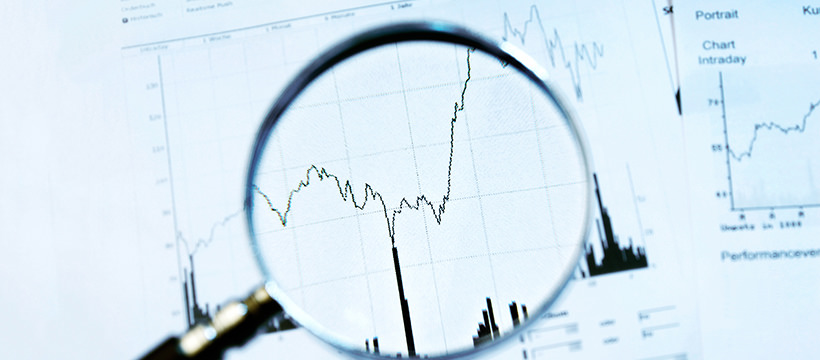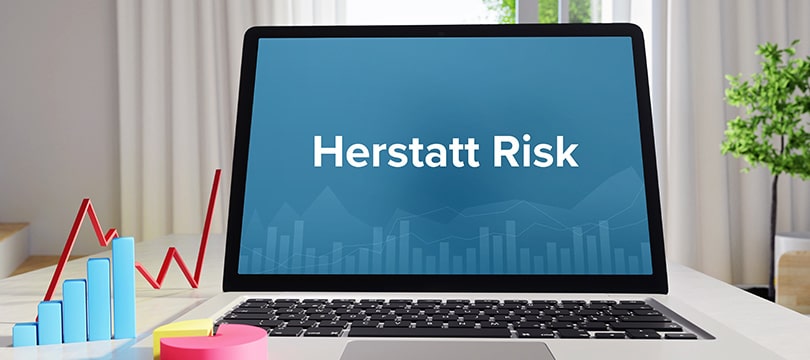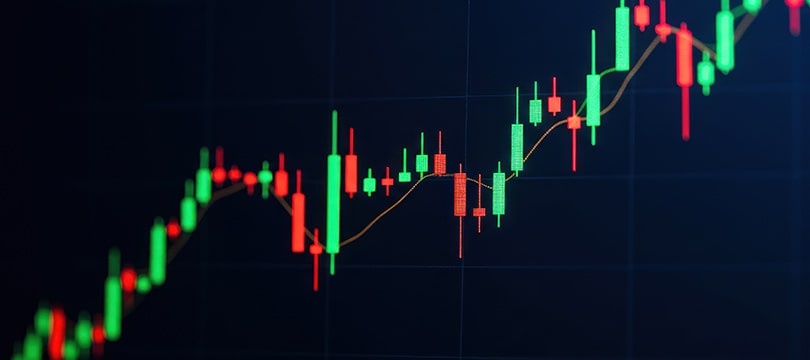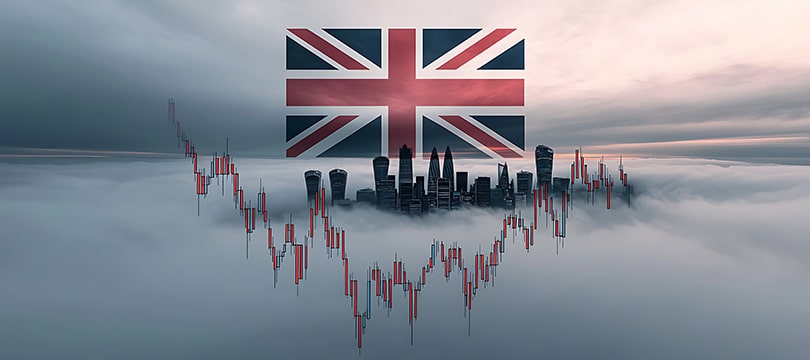Fundamental Analysis: Quick Tips to Master It Faster
September 20, 2018

Fundamental analysis is a discipline that allows traders to navigate the market (including the Forex market). It's not the only discipline that enables this. The other pillars of analysis are represented by technical analysis and sentiment analysis.
Fundamental analysis, however, has some peculiarities that make it more difficult compared to the other two. It is not enough to simply learn a procedure, a set of rules, etc. It is necessary to develop a critical mindset and significant interpretation skills. In this article, we discuss fundamental analysis in detail, clarifying some aspects related to this practice and, finally, offering some advice on how to learn it quickly and effectively.
What is fundamental analysis and why is it important
Fundamental analysis is a discipline that consists of studying the economic environment, with the aim of forecasting market trends and, in particular, the assets being traded.
It is based on a premise: prices are influenced by what happens outside the market. Above all, they are influenced by following specific models, such that a predictive study is possible. This premise has been widely demonstrated by facts, despite a certain unpredictability of the markets, mainly due to investors' tendency, under certain conditions, to behave in a not entirely rational manner and get carried away by emotions. Furthermore, the predictability on which fundamental analysis is based is undermined by the ever-present possibility of events or elements occurring outside the market that are partially or totally unprecedented.
Why is fundamental analysis important? The answer, at least this one, is intuitive. All the elements that contribute to shaping the economic-financial environment are interconnected. The interdependence is strong and also complex. Therefore, not only exchanges influence Forex, but also macroeconomic data, microeconomic data, monetary policy choices, political-institutional choices, geopolitical events, and even statements by policymakers. Despite what supporters of technical analysis say, who have built a dogma on this point, the market does not discount everything. Additional study is necessary, and this is precisely what fundamental analysis provides.
On the other hand, it can also be said that fundamental analysis is not that important. That is, it is not more important than other analyses. It should be placed on the same level as technical analysis, at the very least. Not even fundamental analysis, despite being truly capable of contributing to the trading experience, can alone provide the answers that the trader seeks. Or rather, it can certainly provide them, but there is a risk, in the absence of a counterproof, that such answers may in turn produce false signals. This is a very common occurrence in the trading activity of both experts and beginners, but it is absolutely to be avoided as it is synonymous with defeat and loss of capital.
Fundamental analysis: what to know
How is fundamental analysis done? The basic mechanism is simple. The events that can affect the price of the asset being invested in are verified, the outcome of these events is predicted, the impact on the price itself is estimated, and trading is done accordingly. Said like this, it seems like a walk in the park, but it is not at all. It is not for several reasons.
Choosing market movers is difficult. There is no list of market movers, i.e., events capable of influencing prices, to look at that are suitable for every situation, for any type of trader and any type of currency pair (if we are talking about Forex) or asset (if we are talking about other forms of trading). Based on their own trading style and portfolio, each individual identifies the market movers that suit their needs. Obviously, this initiative presupposes the possession of specific skills, or at least an in-depth knowledge of market dynamics.
Estimates may not be correct. Even if you have identified the most suitable market movers for your needs, there would be two other hurdles to overcome. The first consists of estimating the outcome of these market movers. If among these, for example, the publication of Gross Domestic Product data stands out, you must roughly predict the magnitude of this data. Not at all simple. Of course, analysts publish estimates at a very high rate, but it is not certain that these always correspond to reality. Also because reality is often more unpredictable than it may appear, especially if economic issues are involved.
The market does not always react in the same way. The other hurdle to overcome consists of determining price movements. Even assuming that you manage to "guess" the outcome of the market mover, you will have to answer the question: how does the price move? Now, fundamental analysis is based on a certain modeling, with statistical evidence, of investor reactions and behaviors. In this case too, however, nothing should be taken for granted. Other factors, perhaps absolutely external, could intervene to shift the equilibrium and disprove the predictions.
If it is true that choosing market movers is not at all simple, it is also true that there are some market movers that, very simply, cannot be ignored. They represent the bedrock of the analysis as they are always capable, for better or worse, of influencing prices. Here is an exhaustive list.
Interest rate. It is the most important market mover of all. It can be defined as the "cost of money," i.e., the interest that a central bank applies to commercial banks. When the interest rate is raised, the money supply decreases, and the value of money itself increases. The exact opposite happens when the interest rate is lowered. It is fairly easy to predict the interest rate, partly because central banks, to avoid "surprises" and disproportionate market reactions, generally anticipate (directly or indirectly) their decisions. Which interest rate should be considered? In general, the Federal Reserve's rate should always have an important place. For the rest, it is necessary to look, barring any correlations, at the rates of the central banks that regulate the currency pairs. For example, in reference to GBP/EUR, the Bank of England and the ECB.
Inflation. It is the second most important market mover. The reason for its importance is twofold. On the one hand, it offers a snapshot of a country's economic health. On the other hand, above all, it guides monetary policy choices, i.e., the modification of interest rates. The purpose of this is to keep price increases in check and ensure that they increase "only" by 2-3% per year, a variation deemed optimal for economic activities. Which information should you look at? Obviously, that relating to the countries that express the currency.
Trade balance. This is also a fundamentally important market mover, if only because it has direct effects on the money supply and therefore - by the law of supply and demand - on the value of a currency. Specifically, the trade balance is the difference between the value of goods exported and the value of goods imported. If the balance improves, the impact on the currency is generally positive. In this case, it is important to look at the historical data, as an absolutely terrible balance could be judged as "normal," and therefore without significant effects, if compared with previous results.
Purchasing Managers' Index. This is a market mover that concerns economic activities. Specifically, it indicates the degree of activity of those responsible for orders. Given its reliability, it is considered more important than many other economic indicators. It is also known by the English acronym PMI. There are various PMIs: manufacturing, construction, services, etc.
Market movers involving the concept of economic growth are also important. For example, GDP, i.e., the growth of Gross Domestic Product. Obviously, those concerning the labor market as well. Therefore, the unemployment rate, the change in the number of employed persons, wages, etc., must be taken into consideration. Finally, consumption is also important, i.e., retail sales, which anticipate inflation (which, as we have seen, is a very important market mover).
Tips for learning how to do fundamental analysis
One does not become a fundamental analyst overnight. Also because, as is evident from the previous paragraphs, it is not just a matter of analyzing what exists but also of interpreting it, taking into consideration elements that are very external to the market but still capable of generating an influence.
How to learn to do fundamental analysis? It goes without saying that a lot of study, commitment, and application are required. Even so, however, it may not be enough. This is because there are many pitfalls around the corner. It is good, therefore, to give some advice to ensure that the training path is effective.
Don't take anything for granted. The beginner who studies to learn how to do fundamental analysis should not only consider market movers and their influence. Fundamental analysis, in fact, is not limited to the mere analysis of market movers. It is necessary to be able to identify, and therefore study, also the indirect connections, those interdependencies that can be decisive for a trader, that can confirm or deny a prediction. In short, one should not take for granted, even during the study phase, that a given data point always and only corresponds to a certain reaction.
Develop a well-rounded financial culture. The point is always the same: the complexity of the investment world, rich in nuances, interdependence, and influence at multiple levels. Complexity that, as you will have understood, is dramatically reflected in fundamental analysis. The only way to deal with this complexity is to embrace it in its entirety. To do this, it is necessary to develop knowledge at three hundred and sixty degrees, a technical background that goes beyond market movers and simple market dynamics. The advice, therefore, is to read, study, and constantly stay informed. Get into the habit of daily reading industry publications, analysts' opinions, and papers. In the worst case, it will not be time wasted anyway.
Practice. Studying (perhaps frantically and desperately) the theory is obviously not enough. Trading, and especially Forex Trading, is mostly practice. Now, if for technical analysis the best way to practice is the use of demos, the same can be said for fundamental analysis. Once the training path is completed, trade in the real market in a safe environment like the one designed by demos. There is, however, a secondary method to be practiced in conjunction with that of demos: backtesting. This term refers to a simulation carried out with "old" market data, relating to past periods of the market. Check how the markets reacted in the past to specific stimuli and identify common threads that can guide you in future analyses.




